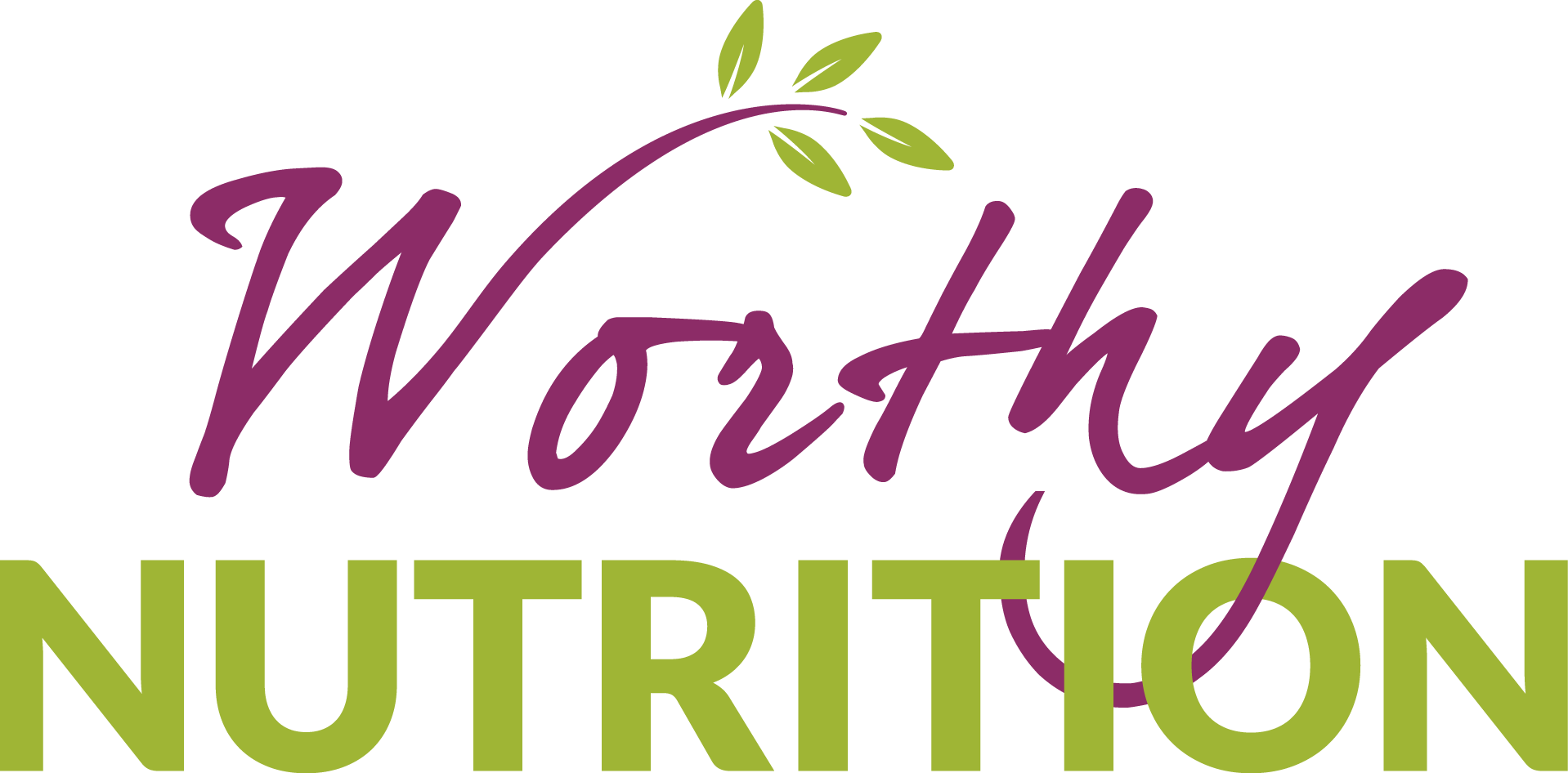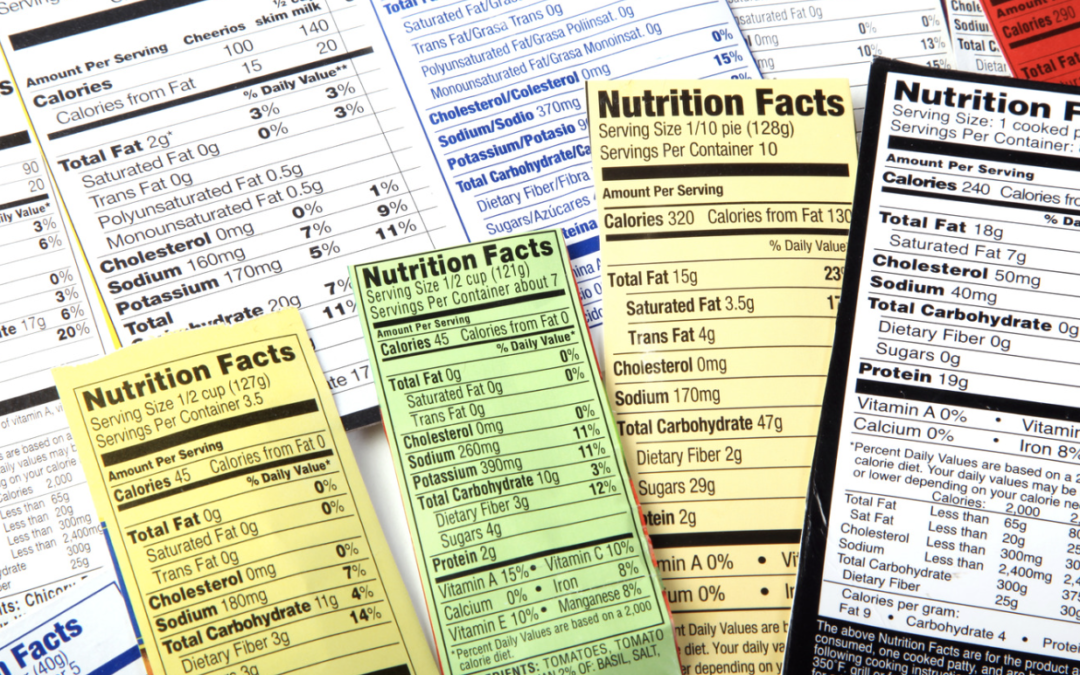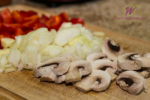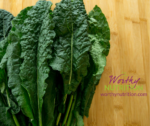Health and wellness are essential to your well-being. Understanding food labels has become crucial for making informed decisions about our diet. However, deciphering the jargon and numbers on food packaging can be challenging. In this post, I will explain the significance of key components on food labels and provide practical examples to help you confidently cruise through the aisles.
- Serving Size and Servings per Container
Food labels begin with serving size information, indicating the recommended portion size for the product. To calculate nutritional values accurately, it is essential to compare this serving size to the amount you consume. For instance, if a cereal box states that one serving size is 30 grams, but you eat 60 grams, you will need to double all the nutritional information on the label.
- Calories
Calories indicate the amount of energy provided by a serving of food. You basically have to measure your daily caloric needs and compare them to the calorie content per serving. For example, a chocolate bar may have 250 calories per serving. By recognizing this, you can make conscious decisions about incorporating it into your daily calorie allowance (or not).
- Macronutrients: Carbohydrates, Proteins, and Fats
Food labels display the amount of carbohydrates, proteins, and fats per serving. Understanding these macronutrients is vital for maintaining a balanced diet. So, if you are following a low-carb diet, choose foods with lower carbohydrate content and higher protein or fat content.
- Added Sugars
In recent years, added sugars have come under scrutiny due to their association with various health issues. Food labels now include a separate line item for added sugars, enabling consumers to identify products with excessive sugar content. A bottle of flavored yogurt might contain 15 grams of sugar, but only 5 grams are naturally occurring sugars from milk, while the remaining 10 grams are added sugars.
Remember, by becoming proficient in reading food labels, you take an important step towards achieving a healthier lifestyle.
[RECIPE]: CROCK POT CHICKEN CURRY
Serves: 4
Ingredients (use organic where possible): 
- 1 to 1.5 pounds of boneless, skinless chicken thighs, chopped
- 2 cups vegetable broth
- 1 can (13.5 oz) of coconut milk
- 3 tablespoons curry paste (red or yellow)
- 1 large onion, chopped
- 1 bell pepper, chopped
- 2 cups chopped cabbage
- 1 cup chopped carrots
Directions:
- Mix well and toss all the ingredients into the crockpot.
- Cook on low for 4 hours.






